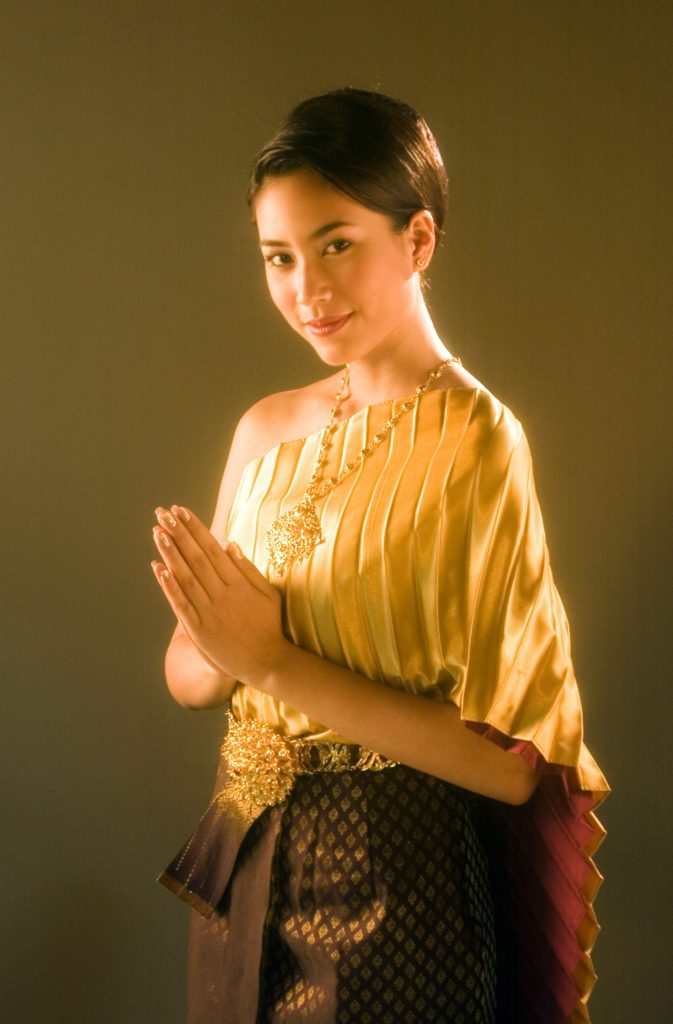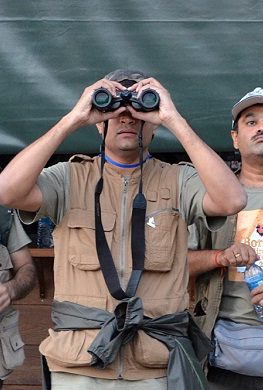Published on April 27, 2014

Greetings from Southeast Asia: How to Say Hello without Offending Anyone
Southeast Asia’s famous warmth will increase a degree or two if you demonstrate some effort to learn some manners. As first impressions count for so much, it’s best to start with your greeting!
[The following is very general in nature and is based on “mainstream” societal norms. Please do your own research based on where you plan to go and who you think you will meet. Language and etiquette can vary significantly between regions and minorities within each country.]
Southern ASEAN: Brunei Darussalam, Indonesia, Malaysia, the Philippines, and Singapore
The appropriate greeting in Brunei, Indonesia, Malaysia, the Philippines, and Singapore depends largely upon the ethnic origin, gender, and age of the person. In general the men-folk of every country in the southern nations have adopted the western concept of shaking hands, although this is not always the case with older men or with women.
Of the five nations, the people of the Philippines and Singapore are generally more familiar and comfortable with western forms of physical and verbal greeting, although it still pays to understand traditional greetings in order to ingratiate oneself with older or more conservative locals.
Among men, short firm handshakes with the right hand are appropriate but note that the Chinese handshake may be lighter and longer. Many people have adopted a two-handed handshake but it is best to play safe and keep your left hand to yourself. For some cultures the left hand is traditionally associated with matters of personal hygiene.
When a woman greets another woman, a hug and a kiss or two on the cheek is appropriate if they are acquainted; otherwise, a gentle handshake or a slight nod of acknowledgment will do.
In greetings between men and women, gentle handshakes are common in this day and age, although a simple nod or bow of acknowledgement may be more appropriate. To err on the side of caution a male visitor should let the local woman initiate a handshake, for three reasons: First, it is taboo for Malays and religiously-observant Muslims to touch people of the opposite gender; Second, ethnic Indians traditionally do not to shake hands with people of the opposite gender, and; Third, among the ethnic Chinese, the woman must extend her hand first.
In the above five countries and among the ethnicities, there is a general tendency to introduce the more important person to the lower ranking person; the older person to the younger person; and the woman to the man. It is considered respectful to bow your head to someone who is senior in age or position. On the other hand, it is considered disrespectful to stare into the eyes of someone who is senior in age or status. The combination of these mores could be tricky for foreigners with deeply ingrained notions of social equality. If in doubt, respectfully lower or avert your gaze during a greeting, if only momentarily.
Be it a handshake, a nod, and/or a bow, your physical greeting should be accompanied by the word Selamat, pronounced ‘sell-a-mat’. This means “peace” in both Malay and Bahasa Indonesia. The exception is in the Philippines, where Selamat means “thank you”. Instead, say Hello, kamusta ka na? which is Tagalog for “Hello, how are you?”.
And don’t forget your sincere smile!
Northern ASEAN: Cambodia, Lao PDR, Myanmar, Thailand …
The Buddhist majority cultures of Cambodia, Lao PDR, Myanmar and Thailand all share an elegant form of physical greeting made by placing both hands together palm to palm with fingers pointing upwards.
The standard greeting between social equals will see the fingertips at chin level, or just below a bright smile, accompanied by a slight bow of the head. The greeter holds hands higher and bows deeper as the age, seniority, or status of the greeted rises. The person who is younger or less important should initiate a greeting but it is considered impolite if the other person doesn’t return it immediately.
In Cambodia, the greeting gesture called a Sampeah, is accompanied by the Khmer words Choum reap sur meaning “Hello”.
Accompanying a Lao Nop are the words Sabaideebor, which means “How are you?” The usual response is Sabaidee if all is well.
A Thai Wai is accompanied by the words Sawasdee ka or Sawasdee krup depending if the speaker is female or male, respectively. It’s considered impolite not to return or acknowledge the Wai. People of lesser social rank will usually greet you first and the gesture is not used to greet children. A Wai can also means “Hello”, “Thank You”, “I’m sorry”, and “Goodbye”. This unique and graceful etiquette is practiced throughout the Kingdom.
In Myanmar, the gesture is reserved for monks or for people much older or of significantly higher status than the greeter. A nod of the head accompanied by the word Mingalaba is sufficient in most cases. Mingalaba means “May you be blessed with auspiciousness”.
According to the book, “Myanmar’s Attractions and Delights” by Ba Than (Myanmar Writer) from Today Publishing House Ltd., “Mingalabar” is the common word of address, a genteel word of salutation, at first meeting. Though it can be construed as akin to salutations in other languages like ‘How do you do’, or ‘Bon Jour’, or’ Namaste,’ or ‘Sawadi,’ or ‘Selamat Datang’, it conveys a far deeper meaning. Literally it is translatable as ‘May you be blessed with auspiciousness’. Myanmar’s way of life, morality, social behaviour and code of conduct centre on the Buddhist Teachings, a religion professed by the majority of Myanmars. Mingalabar is truly a manifestation of good tidings too. Thus this beautiful salutation is twice blessed, to the giver who utters it and to the receiver who accepts it.”
As has occurred in the southern ASEAN states, Western cultural mores are becoming increasingly common in the northern nations. Men often want to shake hands. Women meanwhile, are more likely to adhere to traditional styles of greeting and are sometimes reluctant to shake hands. Touching in public, especially between the sexes, has never been considered good form in this part of the world.
The best rule-of-thumb is to return the same greeting you are given. And always return a greeting as it is very rude not to.
And smile!
… and Vietnam
The Vietnamese generally shake hands when greeting and when saying good-bye. Shake with one or two hands if they are offered and bow your head slightly to show respect.
Bow to the elderly who will rarely extend their hands, and be aware that Vietnamese women are more inclined to bow their head than to shake hands.
When greeting someone, say Xin chao (pronounced ‘seen chow’) + given name + title.
The Vietnamese will be delighted if a foreigner can properly say Xin chao as it can have six different meanings depending on tone!
Sources:
www.kwintessential.co.uk; www.culturecrossing.net; www.ediplomat.com; www.roughguides.com; www.goabroad.com






